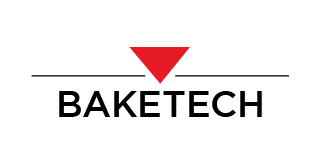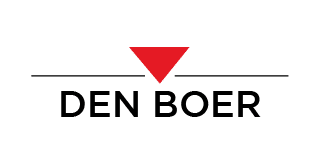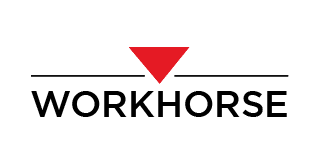Frozen Bread and Buns: The Rise of Chilled and Frozen Bakery Goods
Understanding the Growing Trend of Frozen Bread and Buns
One of the most popular current bakery trends isn’t found in the bakery aisle at all: it’s chilled and frozen baked goods. These so-called ‘bake-off’ formats have grown in popularity in recent years as consumers seek out that ‘just-baked’ taste at home. Such formats also tie into the continued trend for healthier bread with fewer preservatives and more artisanal-style qualities, so it’s no wonder that the frozen bakery goods market is projected to grow by at least 4–5% each year for the coming five years.
It’s all part of a wider trend that has seen the market share of frozen food grow steadily since 2020. Alongside the consumer market, these kinds of products are also becoming increasingly widespread in hotels and the catering industry. This is because freezing can extend the shelf life of baked products, particularly artisan-style products, by greatly reducing the staling process. This growing category also includes ready-to-thaw products such as bagels, bread rolls, and ready-to-bake pastries. So, what do bakery operators need to know before entering this market?
Freezing and cooling baked goods: The basics
Cooling is often already an essential step in your bakery production line. It’s necessary to reduce the heat of the product to a suitable temperature for packing. Cooling also helps to create the product’s structure, since the product will get firmer as it releases its moisture. Some baked products will also go through a slicing process before being packaged, so the moisture level must be kept under control to avoid blade sticking or product damage.
Cooling and freezing require subtly different technical considerations from traditional bakery processes. However, the key factor to consider when designing an efficient and high-quality cooling or freezing line is temperature change. Remember, cooling and freezing can take place at different stages in the production process. This allows for the creation of different “bake-off” formats – for instance, frozen dough or partially-baked products – so this will need to be taken into account when designing a production line. Below is our quick guide to the variables you need to consider when designing a cooling or freezing process.
Time
The first and most important variable to consider when dealing with product temperature change is time. In general, a product with more moisture and more mass will take longer to change temperature. This means more time and effort will be needed to cool and chill larger-sized products.
Temperature gradient
The second variable to consider is the temperature difference between the product and its environment. This “delta temperature” must stay above a minimum limit to allow an efficient heat exchange, and below a maximum limit to avoid impacting product quality and integrity.
Air velocity
The third essential variable to consider is air velocity. The movement of air around the product will accelerate the heat transfer between the product and its environment. It is therefore essential to control the airflow to optimize the texture and quality of the finished product.
Optimizing your production line for freezing and cooling
Now you know the three basic variables of freezing and cooling, how can we apply these to an industrial bakery production line? The key ‘bake-off’ technologies currently taking over the chilled and frozen aisles are unfermented frozen dough (UFD), partially baked frozen bread (PBF), and partially baked unfrozen bread (PBUF). Each of these requires different processes to ensure an optimal result.
Several technologies can be used to freeze baked products. Blast freezing is the most popular technique, but cryogenic freezing is also widely used for freezing food, and it can be used on some baked products. AMF Bakery Solutions has a range of cooling and freezing solutions to make your transition to chilled and frozen baked, semi-baked, and dough products as smooth as possible.
Not all bakeries are equipped to deal effectively with the temperature sensitivities and processes needed to produce cooled and frozen products. Our custom-configured cooling and conveying systems are made with patented technology to facilitate easy access for high performance, simple sanitation, and minimal maintenance. Constructed with wide stainless-steel grids to prevent product jumbling or bottom sanding during cooling, our systems are designed for high operating efficiency with minimum power requirements.
From spiral coolers to step coolers, we have a wide range of models to match your bakery’s size and configuration. Our solutions can, of course, be tailored to meet the specific freezing requirements of your products, whether they’re in dough, semi-baked, or ready-to-thaw form. So, with the growth in popularity of chilled and frozen formats, maybe it’s time for your bakery operation to get even cooler?
Interested in finding out more about how your bakery can transition to producing more chilled and frozen products?
Book a consultation with Lex Van Houten [email protected]













